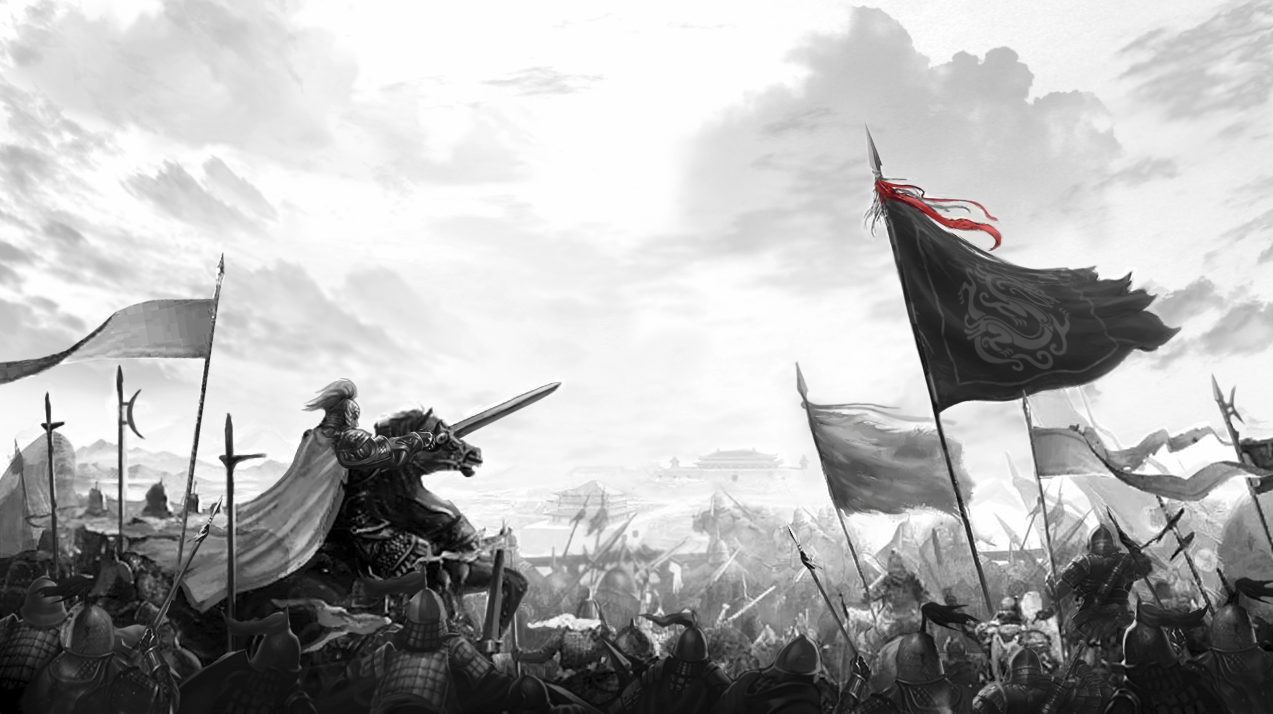How Open World Games Are Revolutionizing Business Simulation Games: A New Era of Interactive Learning
In recent years, the gaming industry has witnessed a significant transformation, driven by the advent of open world games. These immersive environments not only offer endless possibilities for exploration and interaction, but they are also reshaping how we approach educational genres, particularly business simulation games. This article explores the impact of open world dynamics on business simulations, emphasizing the potential for enhanced learning and engagement.
The Rise of Open World Games
Open world games break the traditional boundaries of linear gameplay. Players are no longer confined to pre-defined paths; they can explore vast landscapes, interact with diverse characters, and make choices that influence their experience. This freedom allows for a more personalized gaming experience. Notable titles such as GTA V and The Legend of Zelda: Breath of the Wild demonstrate how engaging mechanics can keep players immersed for hours.
Understanding Business Simulation Games
Business simulation games aim to recreate real-world economic situations where players can test their management skills. Examples include titles like SimCity and RollerCoaster Tycoon. These games typically focus on decision-making and resource management, challenging players to achieve specific goals within the constraints of time and resources.
Why Combine the Two? The Case For Integration
The integration of open world elements into business simulation games introduces a layer of complexity and realism that can greatly enhance learning outcomes. Here are some key points:
- Real-Life Scenarios: Open world designs allow players to navigate realistic environments, similar to how they'd operate in the business world.
- Dynamic Decision Making: Players face consequences for their choices, mirroring the unpredictable nature of real business landscapes.
- Encouraged Collaboration: Multiplayer elements in open world games can foster teamwork, as players work together to solve business challenges.
- Assessment of Skills: Players can receive immediate feedback on their strategies, encouraging a cycle of trial and error that is critical in learning.
Examples of Successful Integration
Several recent titles are making waves by successfully merging open world mechanics with business simulation:
| Game Title | Description | Unique Feature |
|---|---|---|
| Cities: Skylines | A city-building game that allows players to build and manage a city's infrastructure. | Real-time economic models that change based on player decisions. |
| Two Point Hospital | A humorous take on hospital management where players create and manage their own health care facility. | Open world elements where players can choose locations and expand as they see fit. |
| Eco | A simulation game focused on building a civilization in harmony with the environment. | Players must work together to create a sustainable economic ecosystem. |
The Benefits for Learning
The educational implications of combining open world gameplay with business simulation are substantial. Players become more engaged when they can see the outcomes of their decisions play out in a rich, interactive environment. Additionally:
- Enhanced Problem Solving: Players encounter complex challenges, requiring critical thinking and innovative solutions.
- Motivation and Engagement: The open world encourages experimentation, allowing players to engage deeply with the material.
- Creativity Gained: The freedom to navigate scenarios can spark creativity, leading to unconventional business solutions.
Challenges and Considerations
Despite the advantages, integrating open world dynamics into business simulation games comes with challenges that developers must consider:
- Complexity of Design: Creating a seamless open world while maintaining engaging gameplay can be challenging.
- Player Overwhelm: The freedom to explore can sometimes overwhelm, making it difficult for players to focus on specific learning objectives.
- Balancing Realism and Fun: Striking the right balance between educational content and enjoyable gameplay is crucial for success.
Looking Ahead: The Future of Business Simulation Games
The evolution of open world games hints at a promising future for business simulation games. As technology continues to improve, we can anticipate even more sophisticated models that provide immersive learning experiences. Incorporating emerging technologies such as VR and AR may further enrich these simulations, transforming the way players engage with educational content.
Conclusion: A New Era of Interactive Learning
In conclusion, the marriage of open world elements with business simulation games marks the beginning of a new era in interactive learning. By providing players with more agency, realistic scenarios, and dynamic decision-making opportunities, developers can create meaningful educational experiences. As this trend continues to evolve, businesses, educational institutions, and gamers alike stand to gain from these innovative approaches. Embracing the potential of open world gaming could redefine how we learn about business in engaging, fun, and impactful ways.



